
Dupax del Norte, officially the Municipality of Dupax del Norte, is a 3rd class municipality in the province of Nueva Vizcaya, Philippines. According to the 2020 census, it has a population of 33,295 people. Dupax del Norte, situated on the south-eastern part of Nueva Vizcaya, has a total land area of 396 square kilometers. It is bounded by the town of Kasibu in the north, Alfonso Castañeda in the east, Dupax del Sur in the south, and Bambang in the west. It has wide tracts of virgin forests, rich, fertile plains and valleys with mineral deposits and has a climate suitable for agriculture.

Palanan, officially the Municipality of Palanan, is a 1st class municipality in the province of Isabela, Philippines. It also served as the final capital of the First Philippine Republic from 1900 until the capture of President Emilio Aguinaldo by the Americans during the Philippine-American War in 1901. According to the 2020 census, it has a population of 17,684 people.

Bagabag, officially the Municipality of Bagabag, is a 2nd class municipality in the province of Nueva Vizcaya, Philippines. According to the 2020 census, it has a population of 37,985 people.

Amulung, officially the Municipality of Amulung, is a 2nd class municipality in the province of Cagayan, Philippines. According to the 2020 census, it has a population of 50,336 people.

Angadanan, officially the Municipality of Angadanan, is a 3rd class municipality in the province of Isabela, Philippines. At the 2020 census, it had a population of 44,977.

Luna, officially the Municipality of Luna, is a 5th class municipality in the province of Isabela, Philippines. According to the 2020 census, it has a population of 20,697 people.

San Manuel, officially the Municipality of San Manuel, is a 4th class municipality in the province of Isabela, Philippines. According to the 2020 census, it has a population of 34,085 people.

Alfonso Castañeda, officially the Municipality of Alfonso Castañeda, is a 1st class municipality in the province of Nueva Vizcaya, Philippines. According to the 2020 census, it has a population of 8,539 people, making it the least populated municipality in the province.

Ambaguio, officially the Municipality of Ambaguio, is a 5th class municipality in the province of Nueva Vizcaya, Philippines. According to the 2020 census, it has a population of 15,472 people.
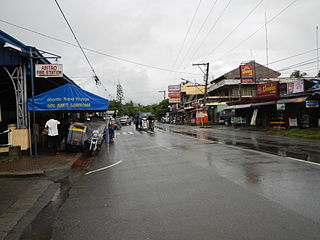
Aritao, officially the Municipality of Aritao, is a 2nd class municipality in the province of Nueva Vizcaya, Philippines. According to the 2020 census, it has a population of 42,197 people.

Diadi, officially the Municipality of Diadi, is a 4th class municipality in the province of Nueva Vizcaya, Philippines. According to the 2020 census, it has a population of 19,236 people.
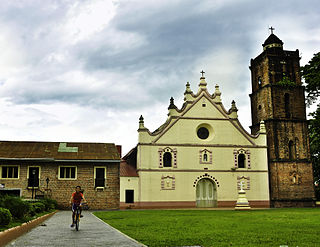
Dupax del Sur, officially the Municipality of Dupax del Sur, is a 2nd class municipality in the province of Nueva Vizcaya, Philippines. At the 2020 census, it had a population of 21,224 people.
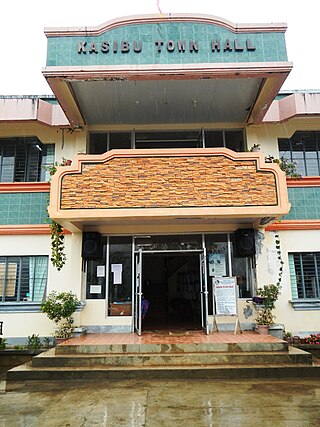
Kasibu, officially the Municipality of Kasibu, is a 3rd class municipality in the province of Nueva Vizcaya, Philippines. According to the 2020 census, it has a population of 41,776 people.

Kayapa, officially the Municipality of Kayapa, is a 3rd class municipality in the province of Nueva Vizcaya, Philippines. According to the 2020 census, it has a population of 26,469 people.

Quezon, officially the Municipality of Quezon, is a 4th class municipality in the province of Nueva Vizcaya, Philippines. According to the 2020 census, it has a population of 24,055 people.
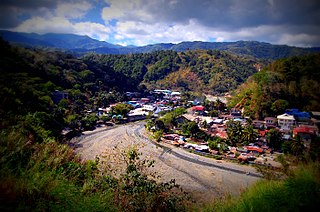
Santa Fe, officially the Municipality of Santa Fe, is a 3rd class, landlocked municipality in the province of Nueva Vizcaya, Philippines. According to the 2020 census, it has a population of 18,276 people.

Solano, officially the Municipality of Solano, is a 1st class municipality in the province of Nueva Vizcaya, Philippines. According to the 2020 census, it has a population of 65,287 inhabitants..
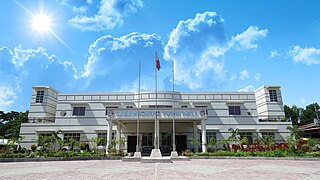
Cabarroguis, officially the Municipality of Cabarroguis, is a 3rd class municipality and capital of the province of Quirino, Philippines. According to the 2020 census, it has a population of 33,533 people.
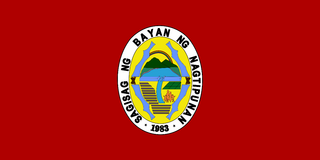
Nagtipunan, officially the Municipality of Nagtipunan, is a 1st class municipality in the province of Quirino, Philippines. According to the 2020 census, it has a population of 25,399 people. Nagtipunan is the largest town in terms of land area in Quirino and the entire Luzon island.

Saguday, officially the Municipality of Saguday, is a 5th class municipality in the province of Quirino, Philippines. According to the 2020 census, it has a population of 17,137 people, making it the least populated municipality in the province.

























